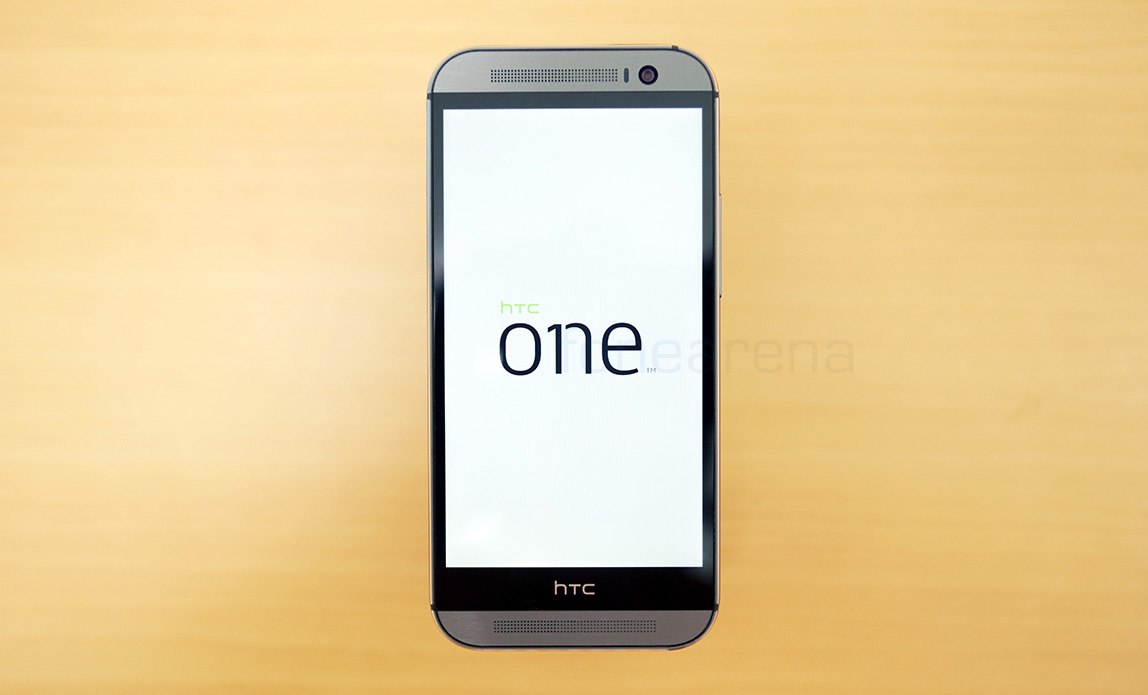
HTC, the Taiwanese manufacturer, has been making smartphones for ages, but a definite breakthrough occurred when the company released the world’s first ever commercial Android handset, the Dream G1. A lot has happened since then, and the journey has been peppered with noteworthy products, especially the flagship “One” series. The One X started it all, as it was the first flagship that could truly stand out from the crowd. Sporting a brilliant 720p display, the One X had great design, build quality and general appeal. HTC continued this trend with last year’s One that won accolades for its slick design and build quality, and of course, a brilliant display. The software too had gone through various iterations under the Sense brand, and we are now at a point where all of it culminated into the company’s latest flagship, the HTC One M8.
Announced at an event in New York, the HTC One (M8) arrived in India not too long ago, which was an encouraging sign. Commanding a starting price of Rs. 49,990, the HTC One (M8) aims to offer the best of everything, with a slightly updated design, a larger screen and a new camera set up, while retaining all the goodness its predecessor was famous for, like for example, the HTC Boomsound. So, is the One (M8) the best HTC device yet? Can it be the flagship device you deserve? Let’s find out in our in-depth review.
httpv://www.youtube.com/watch?v=p6r1pfsd5_I
Continue reading “HTC One (M8) Review: One Up”

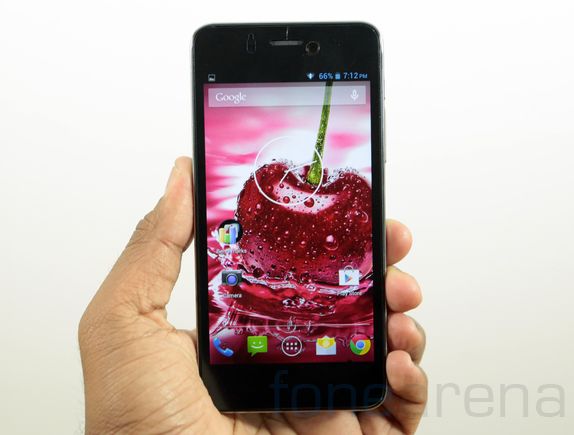
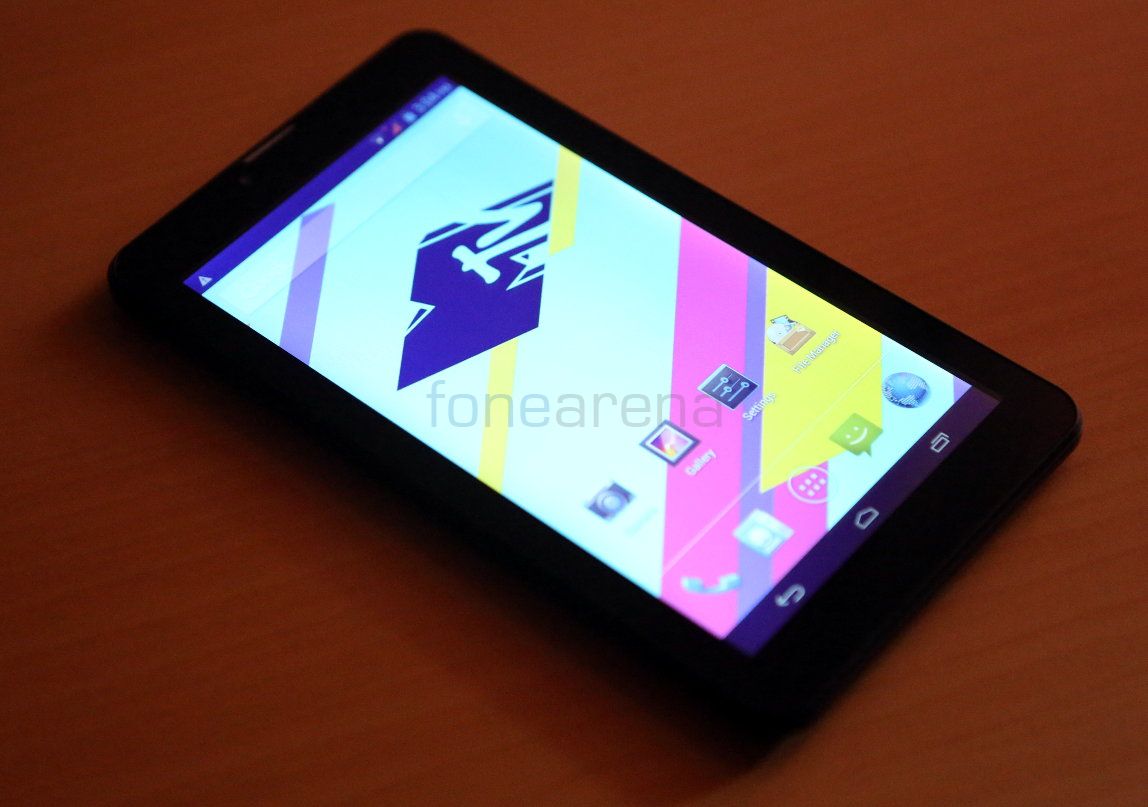
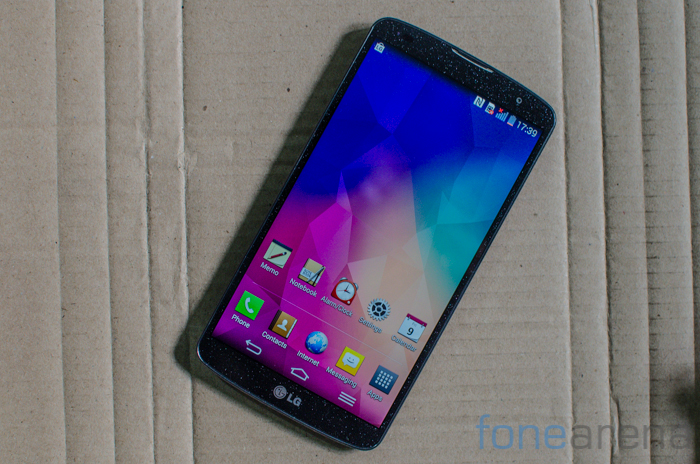

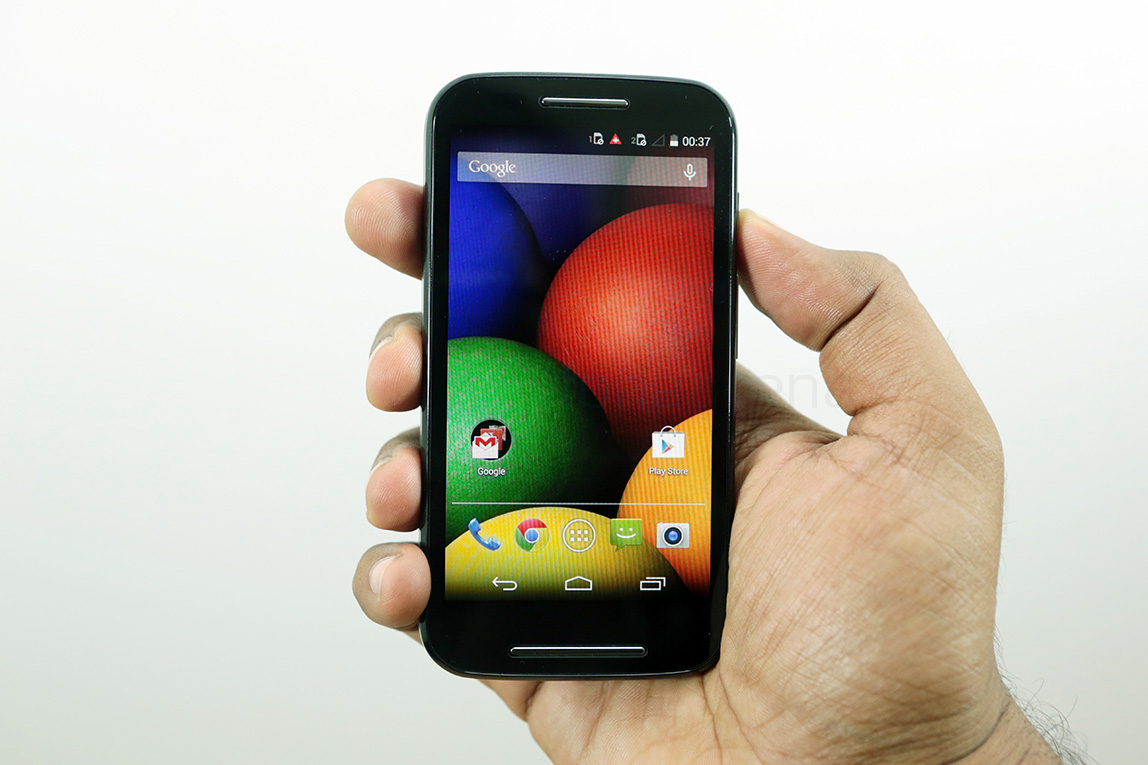
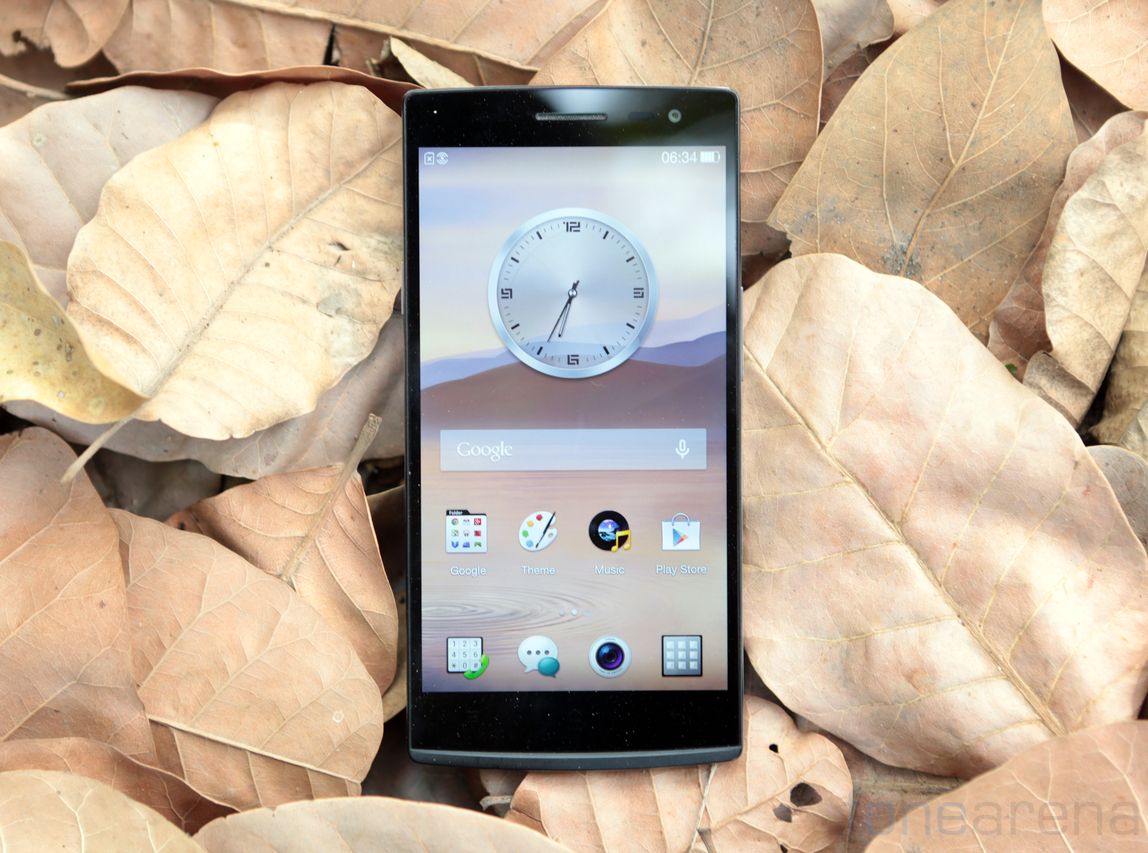
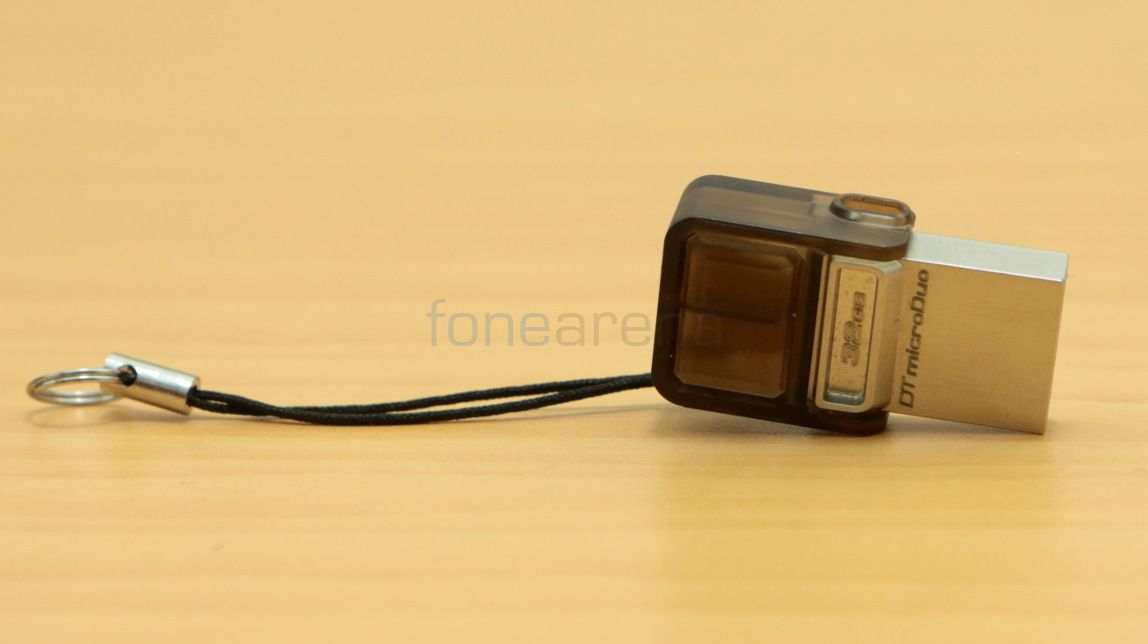

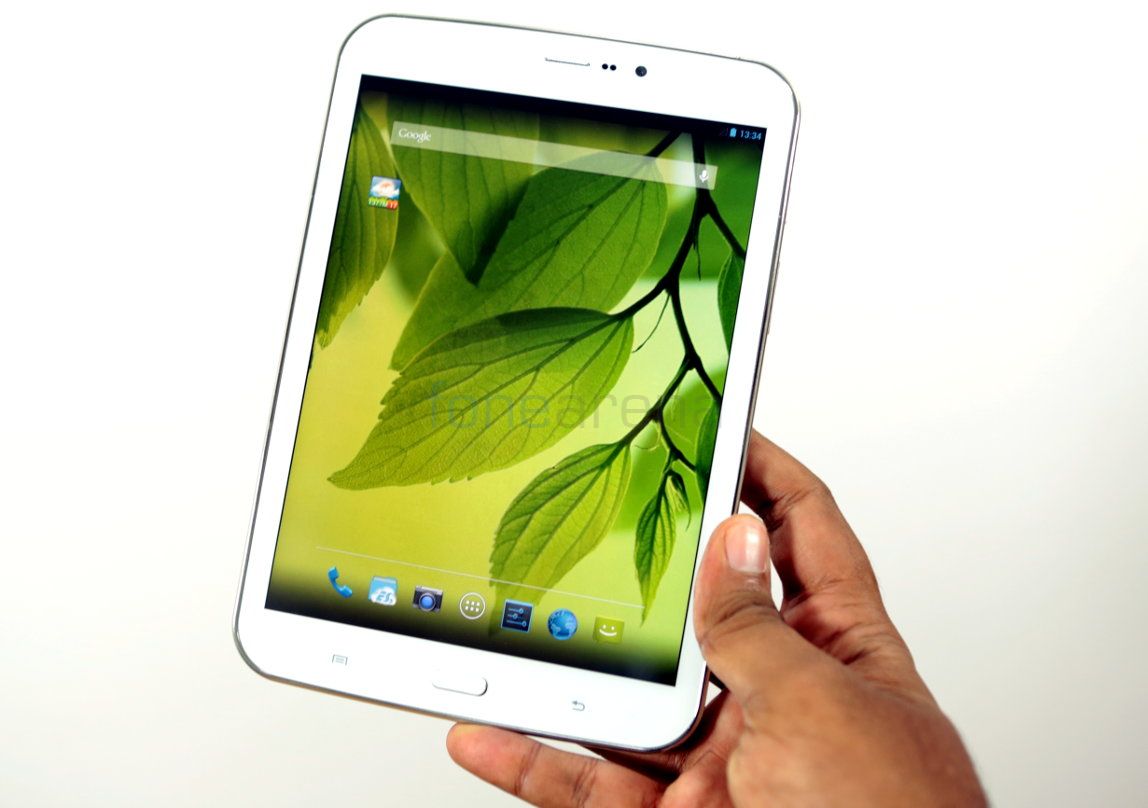
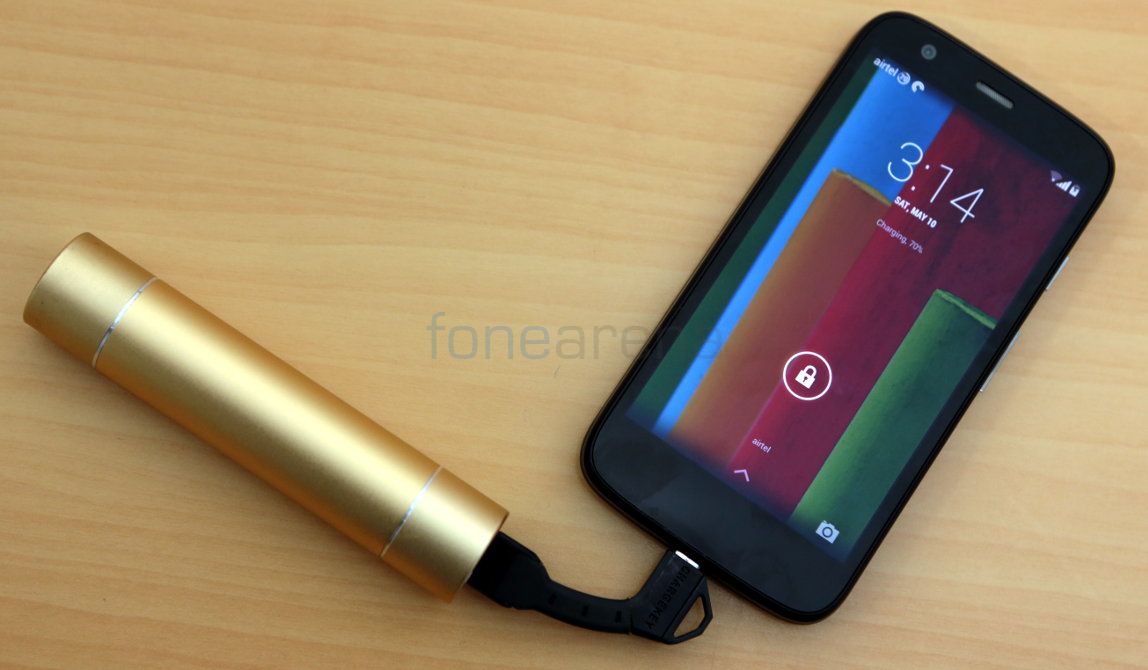
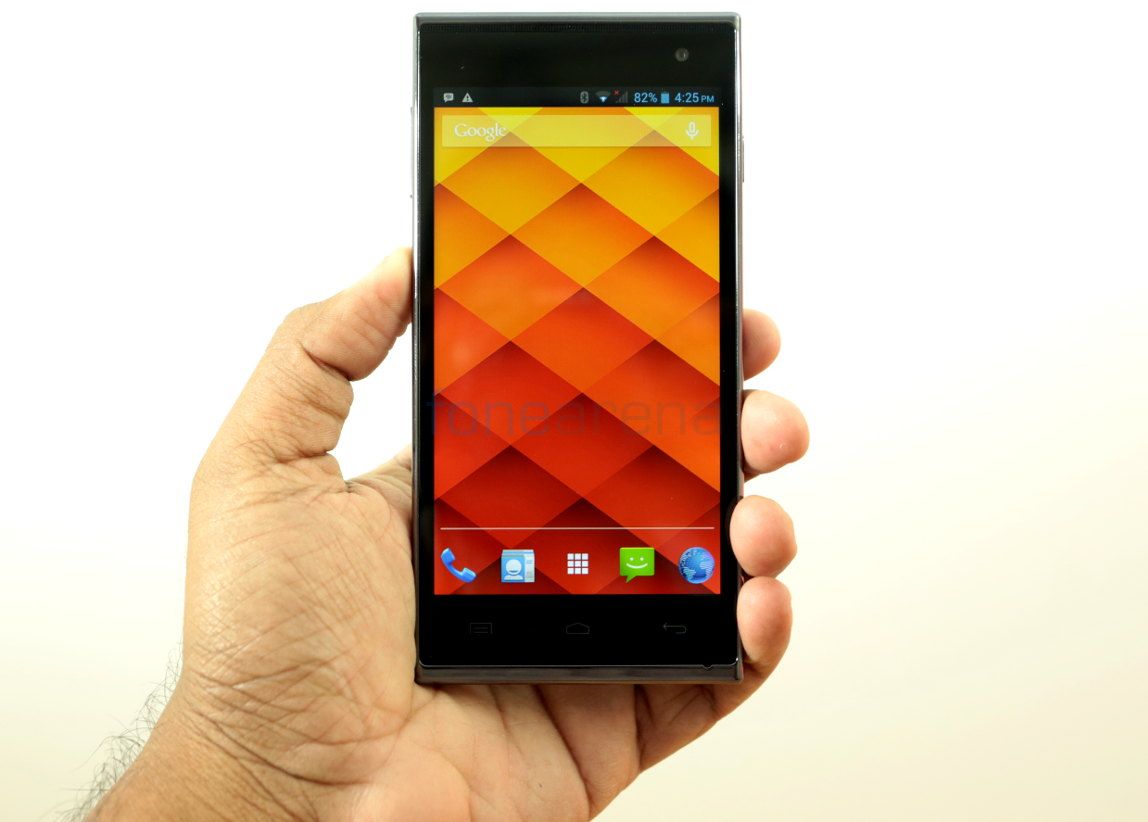
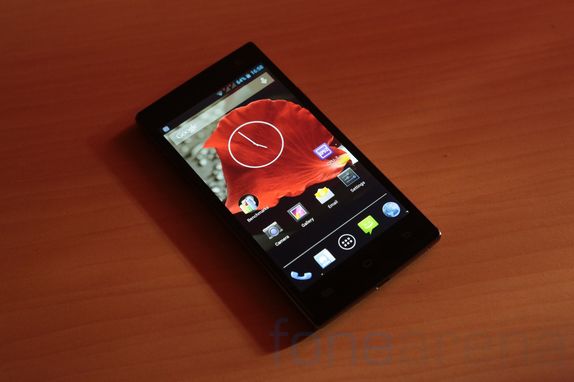
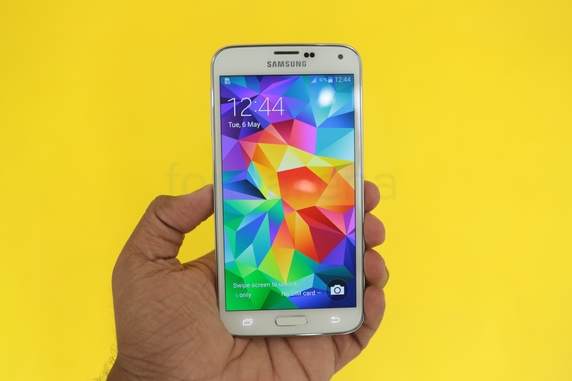
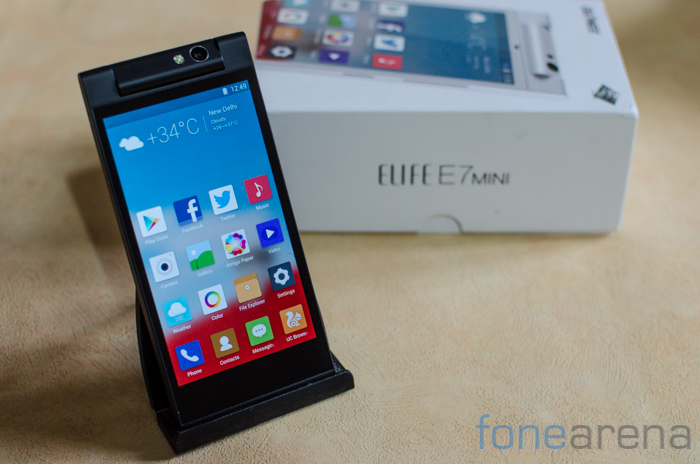 Since its entry into the Indian market, Gionee has faced an uphill struggle against established competition and market preconceptions. Through effective marketing campaigns and quality products, the brand is seeing itself in an ever improving position. With the Gionee Elife E7 Mini, it tries to bring some of the learnings from the flagship E7 to a more affordable price point while also adding yet another twist to the smartphone.
Since its entry into the Indian market, Gionee has faced an uphill struggle against established competition and market preconceptions. Through effective marketing campaigns and quality products, the brand is seeing itself in an ever improving position. With the Gionee Elife E7 Mini, it tries to bring some of the learnings from the flagship E7 to a more affordable price point while also adding yet another twist to the smartphone.